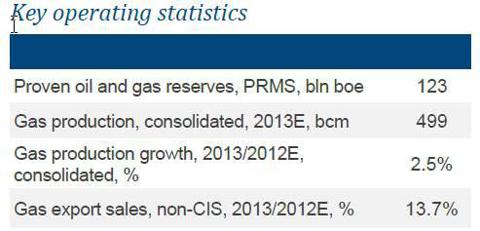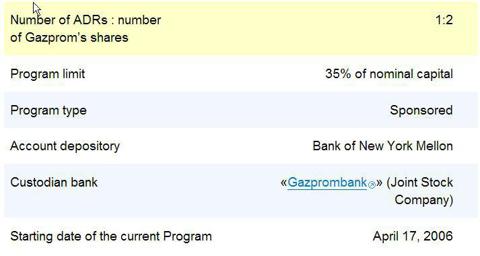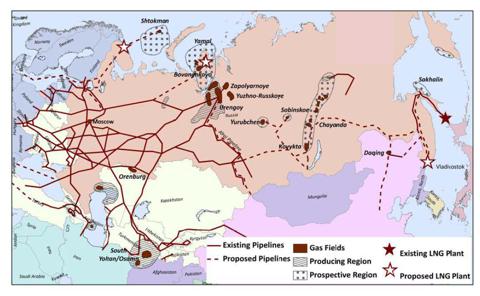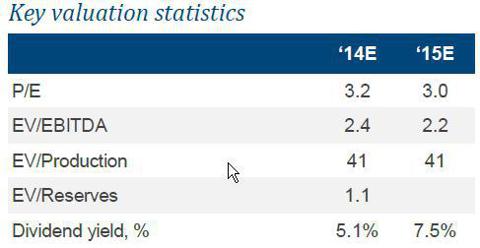Many of us like things to be easy. How about being rich the easy way? Can it be easy? Your parents most probably told you that there's a price to pay to be rich. You need to work hard, sacrifice and have lots of stress to earn a lot of money. That's a lot of hard work. If you want to climb up the corporate ladder, most likely your workload will increase as your pay increases. The amount of responsibility and stress increases as well. But do you know there is a hard way of being rich and there is also an easy way to being rich? Here i'm talking about being rich and not getting rich. You can be rich but not have time or you can be rich but have all the time in the world. The easier way is of course the latter.
The harder way of being rich
In my company, the senior management is always busy. They have meetings scheduled back to back, phone calls to answer consistently, emails to reply even at midnight and a lot to answer for if things doesn't work out well. Sometimes me and my colleagues wondered if its worth it to work so hard just to earn that amount of money? They have the money but do not seem to have the time to enjoy it. This is the hard way of being rich.
The easier way of being rich
What if I tell you there's an easy way to become rich? Now, before i go on further, I have to say I'm in no way implying that getting rich is easy. However, we can make the process get easier and easier towards the end. The key is in making your money work for you. Once money is successfully working for you, your life gets easier and you do not even have to worry about getting retrenched or about not having enough money.
Work for money or money work for you?
Here's the difference between someone working for money and another person letting money to work for him:
A person who works for money can only work to a certain age. The older he gets, the higher chance he would get retrenched. If this person gets retrenched, he has no income and may find it hard to find another job. At retirement age, his income goes to zero and he will have to rely on his savings to survive.
A person who lets money work for him does not worry about losing his job. When he reaches retirement age, he still has income even though he's not working and does not even need to use his savings to survive. This person can retire as long as he wants. On the other hand, the person who works for money can only retire up to the day his savings is depleted. Once that happens, he may have to go out to work again.
This does not mean that we do not have to work for money at all. Yes, in our younger days, we'll have to work for money. But, learn to use the money you work for and slowly let it work for you. Passive income is the money generated when money works for you.
4 ways how money can work for you
By now, you should be wondering how money can work for you. How do you create passive income? Imagine money still coming in when you're travelling overseas or even when you're sleeping? This may be a bit exaggerated but that is the gist of what passive income is all about: Money working for you.
Here are 4 simple ways how money can work for you:
1) Invest in properties
The easiest to understand way to generate passive income is by buying a property and renting it out. The rent you collect every month ensures a constant flow of income for you. The tough part is saving up your money for the first property. It does require a substantial amount of capital.
2) Invest in Stocks
By far this the most common way anyone can generate passive income for themselves. Passive income comes in the form of dividends from stocks. You can start with little money but to build up a strong portfolio, you still need a strategy plus more capital. This investment may seem easy at first but it actually requires knowledge and experience to do well in it. Lifelong learning and patience is the key.
3) Start an Online website or business
The internet is the new age of technology for at least the past 10 years. Many people have created websites which generates income in thousands of dollars monthly. Income can be generated through affiliates program, pay per click advertisement, direct advertisers etc. If you're able to attract traffic to your site, money will surely flow in and advertisers will look you up.
4) Using your talents to create your own intellectual properties
If you have the talent and passion for music, you can consider producing your own music albums. I had a friend who did just that. Or if you have a passion for writing, you can consider writing and publishing a book. I've seen many other bloggers who published their own book. I think its quite an achievement to write a book numbering 200 plus pages. I heard it takes years just to write a good book so its not easy at all but it'll be well worth it once its completed.
There you go. 4 simple ways on how you can create passive income. Well, it doesn't look that simple now but if you work at this direction, then you'll surely be able to generate that passive income which you desire. Most people choose to strive and work hard in their careers but don't know that earned income may be a risk in itself. You may lose your career in just a matter of days especially in our challenging and competitive world now. Don't get me wrong. You still need your career now and yes, do work hard at it. But along the way, learn to use the money you earn and save, to let it work for you. The knowledge of generating passive income will stay with you for the rest of your life. The passive income, generated successfully after years of hard work, will pay off eventually




